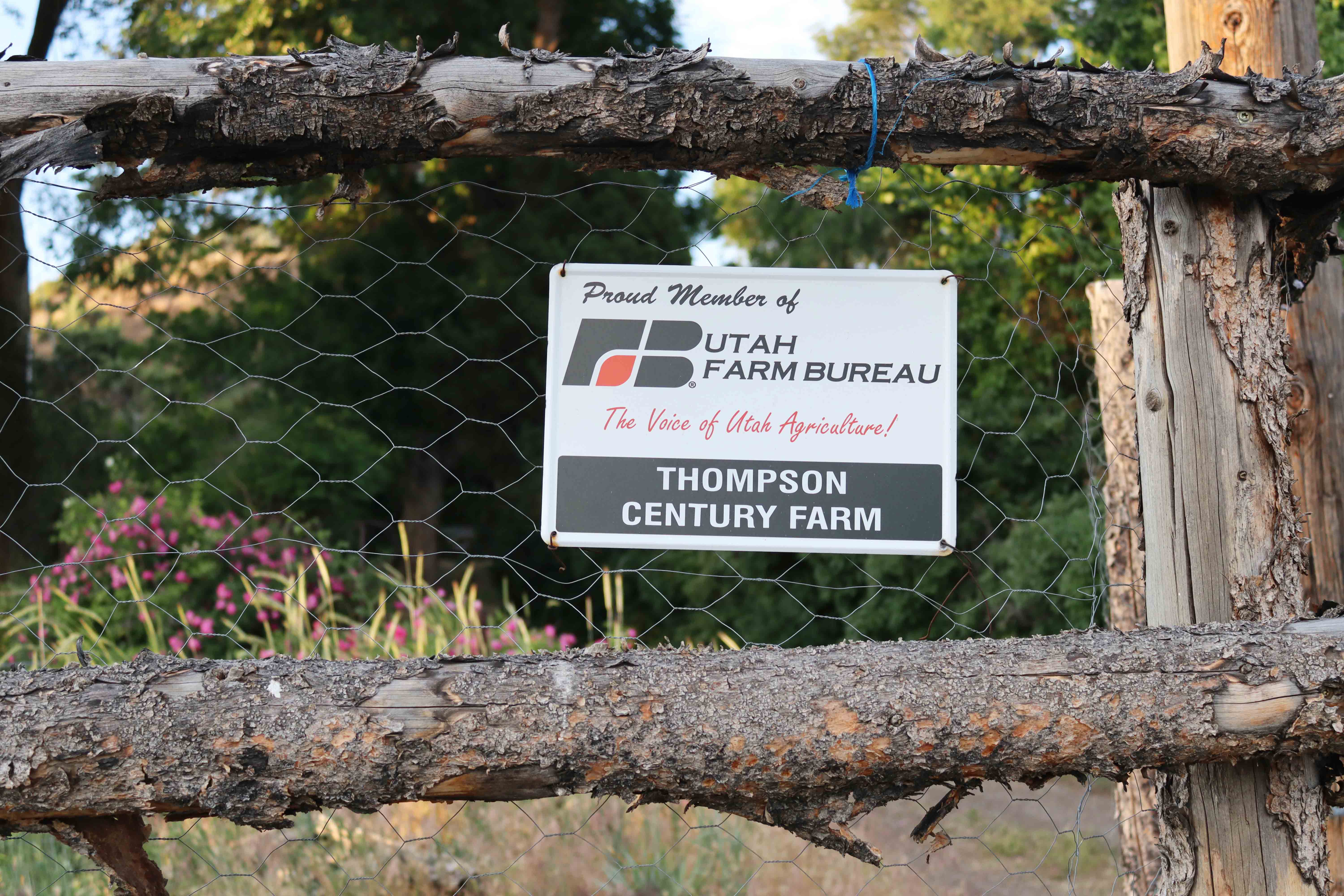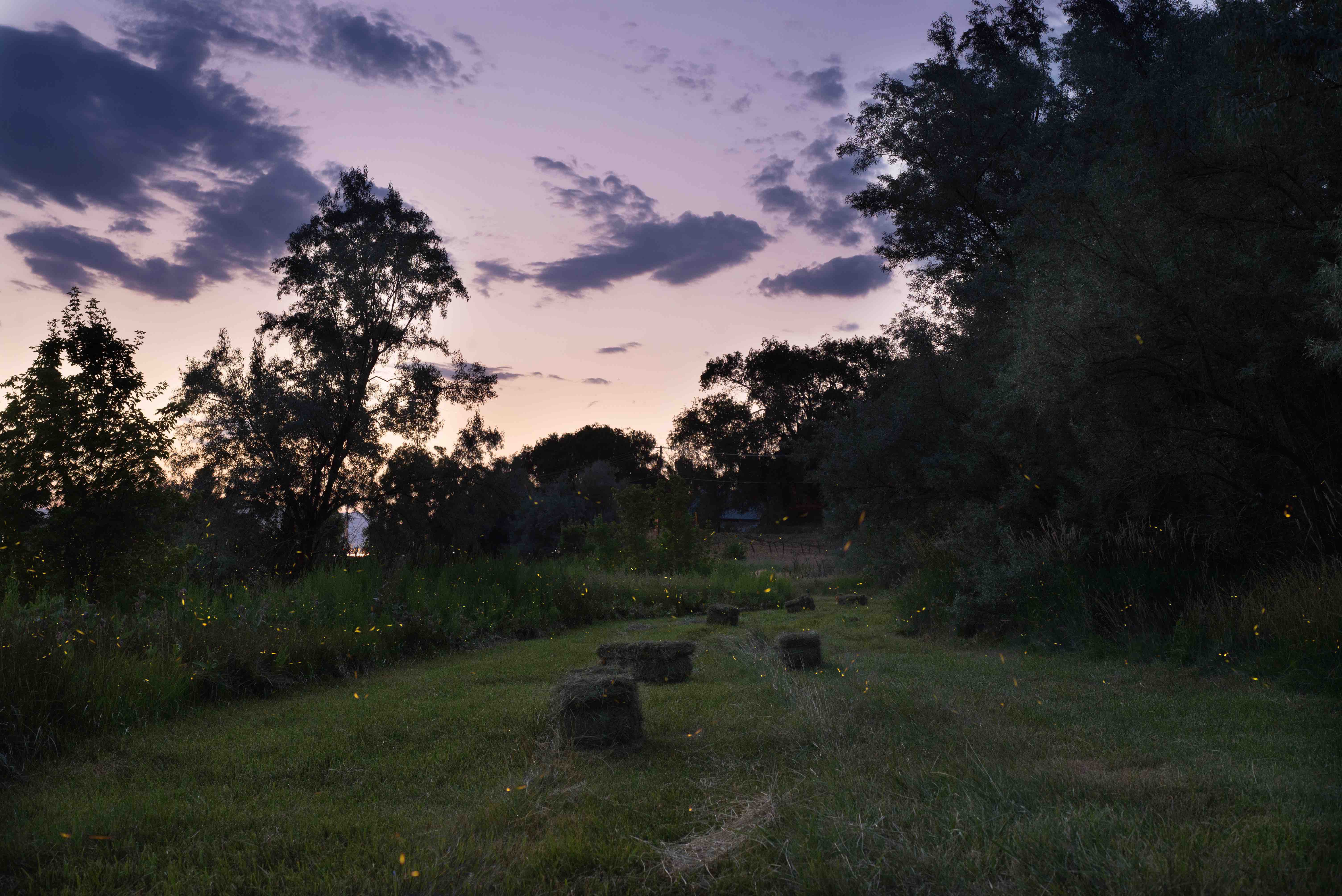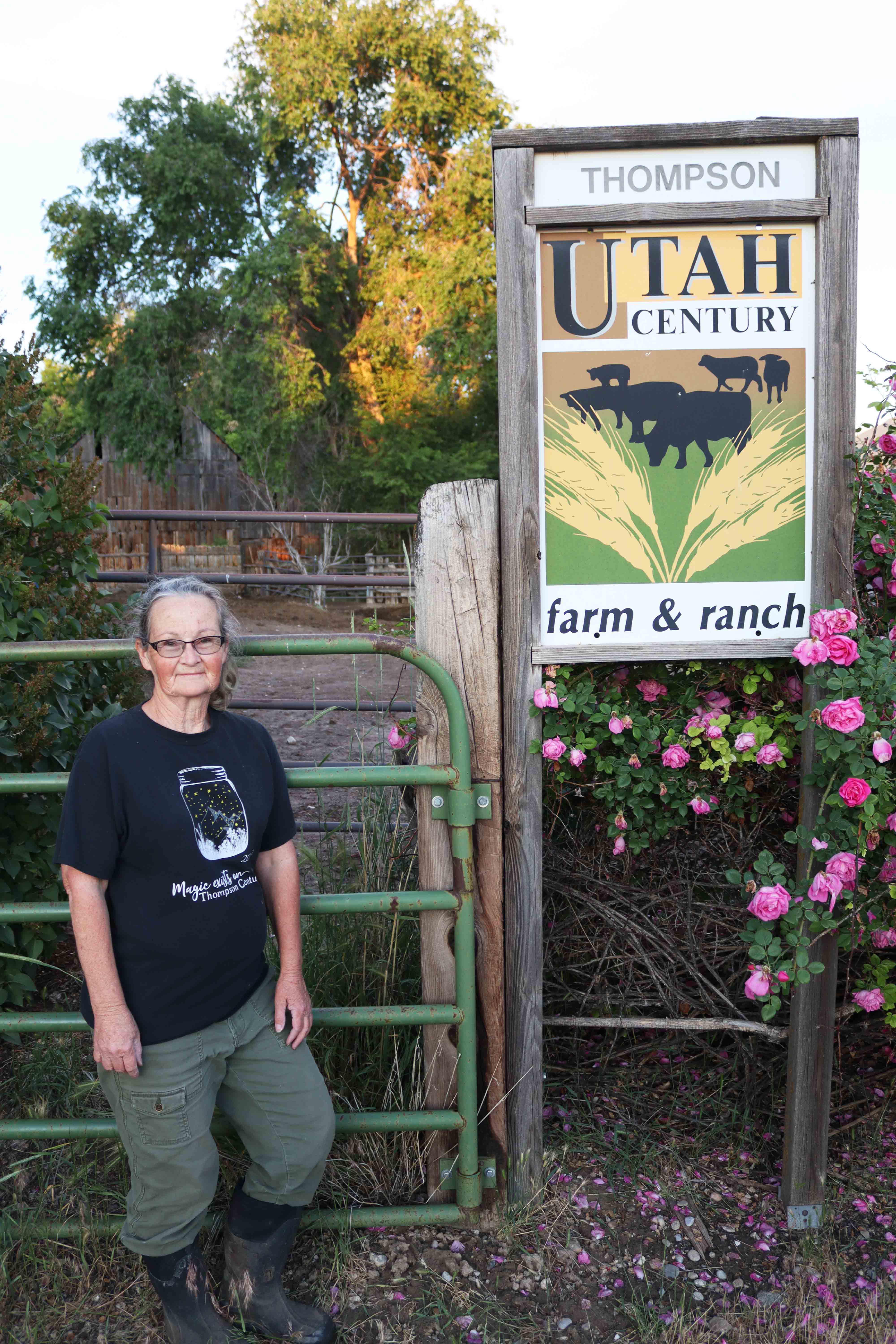Glowing Wonders: Thompson Farm Serves as Light to Community Residents
Author
Published
8/23/2023
If you lined up any family members, work colleagues, or picked random people in a Utah neighborhood and put them on Family Feud and asked what their most common connection was to a farm, undoubtedly the #1 answer would be – food. Steve Harvey (or for the hardcore fans, Richard Dawson) might pull a face if you suggested otherwise, but increasing evidence points to the many benefits to communities by having thriving farms and ranches in addition to “just food”, as if that wasn’t enough.
For example, rural America is punching above its weight when it comes to serving in our military. While they represent about 18% of the total U.S. population, more than 20% of rural Americans serve in the armed forces. More specifically, about 11% of U.S. farmers are serving or have served in the military.
Another benefit of agriculture is that it serves as a stable economic base for rural communities. A thriving rural Utah takes the pressure of population growth, housing availability, and job creation off of the Wasatch Front.
Agriculture also instills values that are the cultural fabric of our state, including principles of hard work, industry, responsibility, and civic participation.
Farmers are stewards of the land and water, ensuring they can produce food for years to come. But having farms and ranches leads to improved wildlife habitat and water availability, increased carbon sequestration, and preserved open space. Many farms also provide on-farm events, further contributing to a sense of community. These environmental and social benefits are on display brightly at the Thompson Family Farm in Spanish Fork, Utah where Diane Garcia continues her family’s agricultural legacy.

The Thompson farm began when they purchased this property in 1851 in the Spanish Fork riverbottoms area that was then known as “Gopher Town”. It was so named because the early settlers of the town couldn’t find much timber, so they created “houses” by digging into the hillsides. Diane shared that when families came to visit from the lower settlement of Palmyra, the people popping out of the dugouts looked like gophers, and so the name stuck.
Garcia’s great-great-grandfather was among those living in dugouts before they built the log cabin on the property. Later, her grandfather lived on the farm alone from 1917 until 1932 in a red stone house when he then married and started his family. The Thompsons raised cattle and grew hay, and they also grew tomatoes for the Del Monte company that had a canning facility in Spanish Fork until 1968.
The Thompson farm today consists of approximately 24 acres with cattle, horses, hay ground, and some garden produce. Because the farm has been in continued ownership by the same family for more than 100 years, it is now listed as a ‘Utah Century Farm’.
Garcia began inviting community members – including a growing social media community –in 2018 to come visit the farm to learn of its heritage, and to see an ecosystem unfamiliar to most in the area, one that was the perfect habitat for fireflies, before it disappeared because of development. This light-emitting beetle is common in the southeastern United States, and in many other areas, but most Utahns aren’t used to seeing them in the Beehive State. Garcia invites visitors to her farm so they can learn of their presence in Utah and connect with the values of the farm.
“I show people the fireflies because I think they’re magical,” Garcia said. She added that most are surprised to learn that they have located fireflies in 27 of Utah’s 29 counties currently. There are six different species of fireflies in Utah, including two on the Thompson farm.
 Photo by Aaron Pollard
Photo by Aaron Pollard“The reason [fireflies] are more prominent in other areas is because of higher humidity and more moisture,” said Christy Bills, Invertebrate Collections Manager for the Natural History Museum of Utah. “Just to see the glowing lights in a meadow at night…we recreate these experiences with Christmas lights or candles, but the fact that nature is doing it for us is amazing. We’re richer for knowing we have them.”
Garcia shared that one of the reasons why it is hard to find fireflies is the unique set of conditions needed for them to thrive, including wet soil, long grasses, and being shielded from artificial light. Because of this unique equation, Garcia will hold off tilling ground, using fertilizers, and cutting hay during the five weeks in early summer when the fireflies are on display.
Fireflies light up as a means of communicating with other fireflies during mating season, but the bioluminescent enzymes also serve as a defense mechanism. The enzymes are bitter and serve as a deterrent for most natural predators. During the summer, male fireflies blink in a pattern to attract the attention of female fireflies with the same pattern. Once they mate, the female firefly will bury the eggs in the soil until they hatch a few weeks later and survive as larvae in the soil until the next season.
 Photo by Doug Garding
Photo by Doug GardingLight pollution is another threat to the firefly habitat because it disrupts the communication between male and female fireflies. In the rapidly growing city of Spanish Fork, Garcia has worked since 2016 to spread education through tours to help residents and city leaders understand the unique ecosystem of her farm and the steps they can take to mitigate challenges. Guests arrive around 9 p.m. and gather around the campfire while Garcia showcases the agricultural history found in the family’s branding irons and brand registry, as well as the historic buildings on the farm.
“My grandfather loved the connection [to the land] and had pride in his work,” Garcia said. “That’s what I want to preserve. People get disconnected from this. I don’t know if it’s the simplicity or what, but I want to keep that going for as long as I can.”

While hard to stop development altogether, Garcia has used these tours and other efforts to help inform developers and city leaders of the impacts on her property. She has advocated for installing dark sky compliant streetlights and planting trees to shield her fields from the light of homes. Garcia has also worked to have the fireflies and her farm listed on the National Historic Registry, which should take place later this year.
The community benefits of Garcia’s farm are emblematic of agriculture’s history in many Utah communities, with many not fully recognizing them until too late. With continued efforts like Garcia’s and others like her throughout the state, these additional benefits will be appreciated as much as fresh corn-on-the-cob, a mouth-watering peach, or a fine-grilled steak.
Want more news on this topic? Farm Bureau members may subscribe for a free email news service, featuring the farm and rural topics that interest them most!
